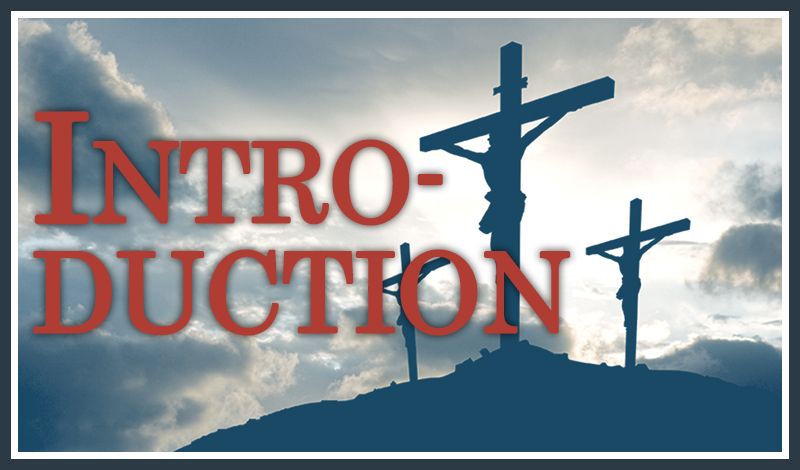Introduction to the One Year Chronological Bible

As I wrote in my previous post, this year I'll be taking my reader's through Tyndale's Chronological Bible. I'd like to begin with a brief introduction. Much of this is taken directly from the Tyndale publication, but I've added some of my own thoughts as well.
Many Christians have never read the entire Bible from cover to cover, and among those that have, even fewer have ever attempted a chronological reading. For most believers, this will be a fresh, new way to read through God's Word in a year.
The Benefit of the Chronological Approach
Reading the Bible in chronological order will help you gain a unique perspective on the Scriptures that you could not get from reading a regular Bible cover to cover. Unlike a regular Bible, this approach places related passages one after another so you can see how they illuminate and complement each other.
For example, when you read Psalms 5 and 59 alongside 1 Samuel 18:1-20:42, you will see how David's faith in the Lord sustained him as King Saul was threatening his life. Or when you read about King Hezekiah receiving the envoys from Babylon, you will also be able to read Isaiah's prophecy concerning this event. And when you read the letters of Paul, you will see how they fit into the framework of his missionary journeys recorded in the book of Acts.
The Difficulty of the Chronological Approach
Most of the Biblical accounts, prophecies and psalms can be accurately dated to a year or, at the very least, a specific period of time. There are, however, some Biblical passages that are difficult to date. The reasons for this difficulty are many and range from ambiguous historical references in the Scripture, like the books of Job and Joel, to difficulties reconciling Biblical and archaeological evidence as is the case in dating the Exodus.
Because some passages are difficult to date, scholars cannot be certain that any chronological order is 100 percent correct. The Scripture placement used in this reading plan represents a general consensus among Biblical scholars.
Parallel Passages
Some of the related passages of Scripture that are placed together are parallel or synoptical passages. Parallel passages contain identical content and are mainly found in two areas of the Bible: the historical books in the Old Testament (1 and 2 Samuel, 1 and 2 Kings, and 1 and 2 Chronicles) and the first three Gospels in the New Testament (Matthew, Mark and Luke).
In the Old Testament, parallel passages from 1 and 2 Chronicles follow their counterparts in the books of Samuel and Kings.
In the New Testament, parallel passages from Matthew and Luke generally follow their counterparts in Mark. This is because the Gospel of Mark is thought to have been the first recorded account of Christ's life. Matthew and Luke are thought to have borrowed from Mark when they wrote their own accounts.
It should be mentioned that John's Gospel—even though its content is significantly different from that of Matthew, Mark or Luke—does contain some passages that are parallel to the other three Gospels. These passages from John also follow their parallel from Matthew, Mark or Luke. In some cases, parallel passages from Matthew, Mark and Luke follow passages from John.
Final Notes
Some passages in this reading plan will be preceded by notes or transitional statements explaining why the passage is places where it is chronologically.
Unlike the Tyndale publication, I will not be using the New International Version (NIV), instead I will be posting readings from my personal preference, the English Standard Version (ESV).
Are you getting excited? I know I am!